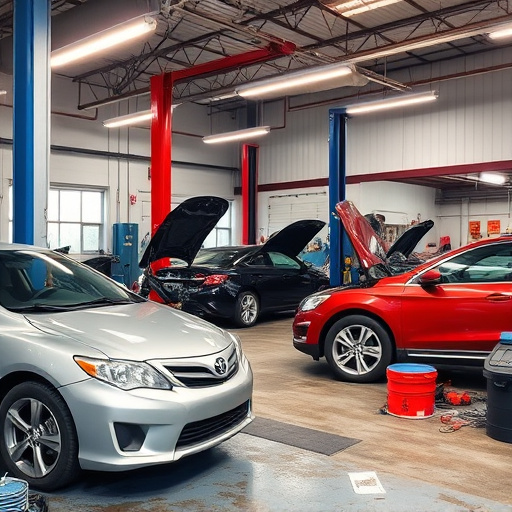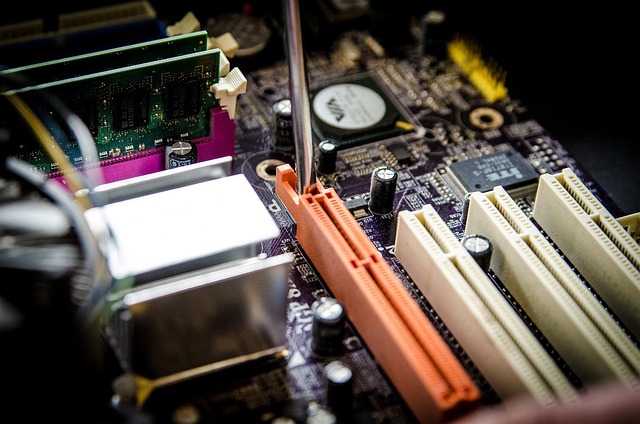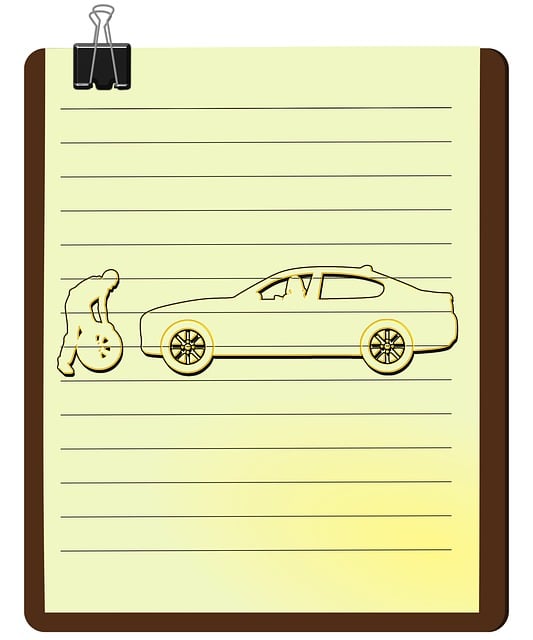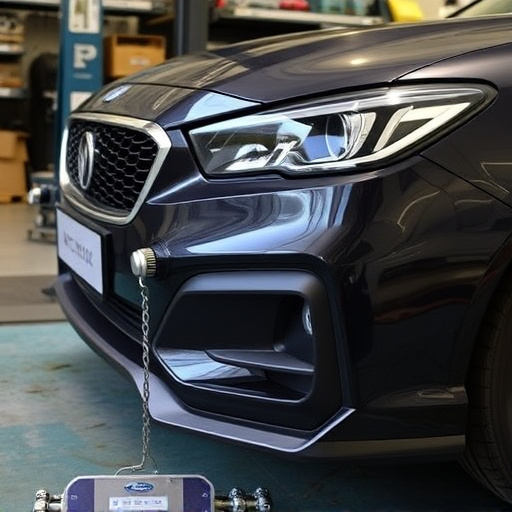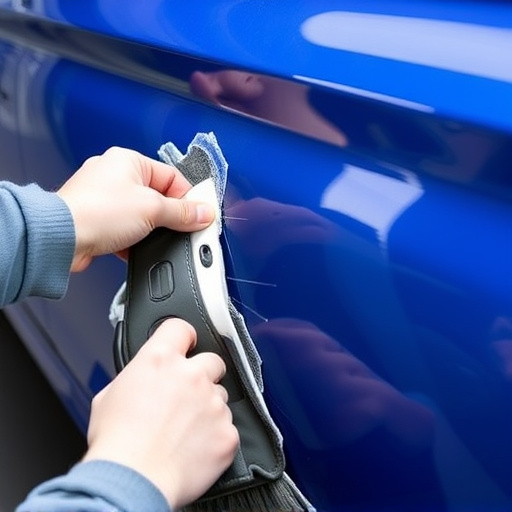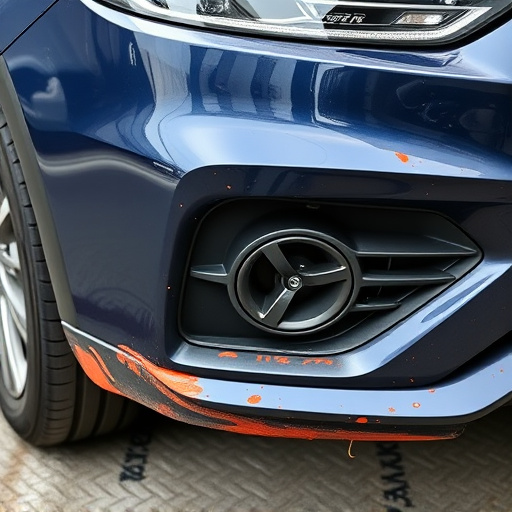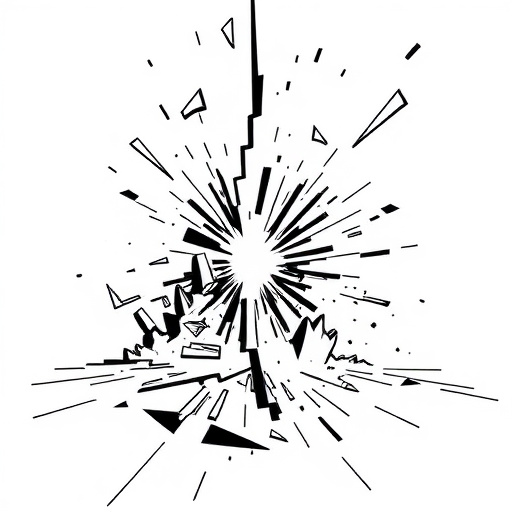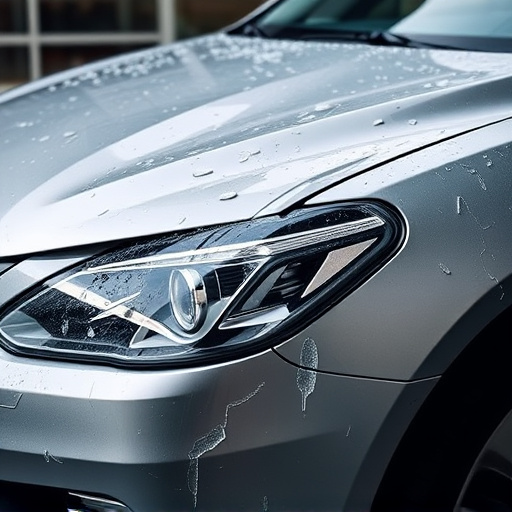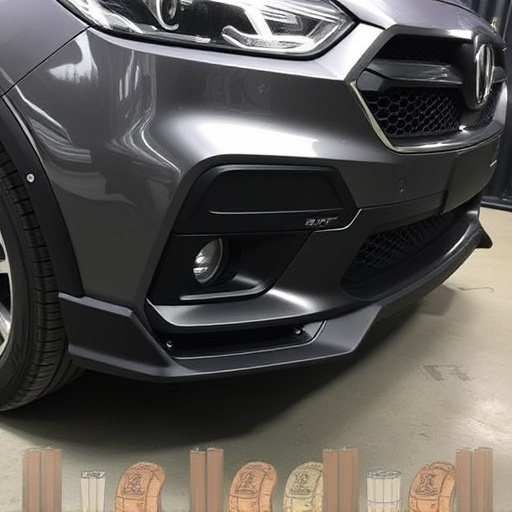Radiator replacement after accidents is vital for vehicle safety and performance. Damage beyond visible signs can cause structural issues, affecting chassis, panels, and engine. Thorough inspections ensure comprehensive repairs, maintaining safety standards. Radiator replacement accidents drive updates in automotive safety standards, with organizations like NHTSA or Euro NCAP introducing new protocols to protect occupants from secondary hazards and improve overall vehicle safety.
A radiator replacement accident can significantly impact vehicle safety ratings. This comprehensive guide delves into the intricate process of radiator replacement, exploring how accidental damage affects the overall structure integrity. We discuss the reassessment of safety ratings and the introduction of new standards post-incident. By understanding these dynamics, drivers can make informed decisions regarding their vehicle’s maintenance and safety.
- Understanding Radiator Replacement Process
- Impact of Accidental Damage on Vehicle Structure
- Safety Rating Reassessment and New Standards
Understanding Radiator Replacement Process
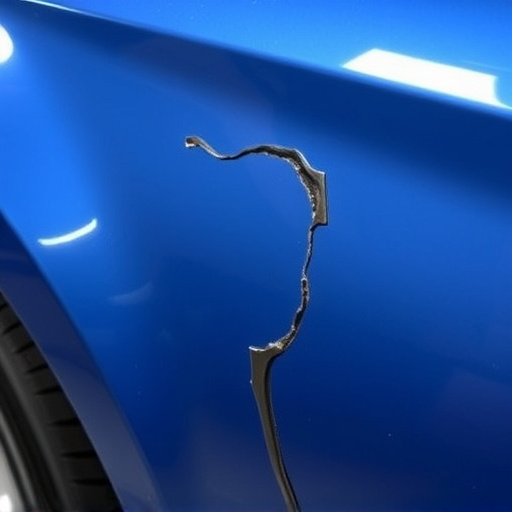
The radiator replacement process involves several critical steps to ensure vehicle safety and optimal performance. It begins with assessing the condition of the existing radiator, often damaged due to accidents or severe weather conditions like hail damage repair. If the radiator is beyond repair, it’s removed carefully, taking precautions to prevent further contamination from coolant leaks.
Next, a new radiator, specifically designed for the vehicle model, is installed. This involves securing it in place with brackets and ensuring proper connections to the cooling system. Skilled auto repair shop technicians verify that all components are tightly sealed to prevent leaks and maintain efficient thermal management. Once complete, the replacement guarantees enhanced vehicle safety ratings, especially in extreme driving conditions, as a well-functioning radiator is vital for maintaining optimal engine temperatures.
Impact of Accidental Damage on Vehicle Structure
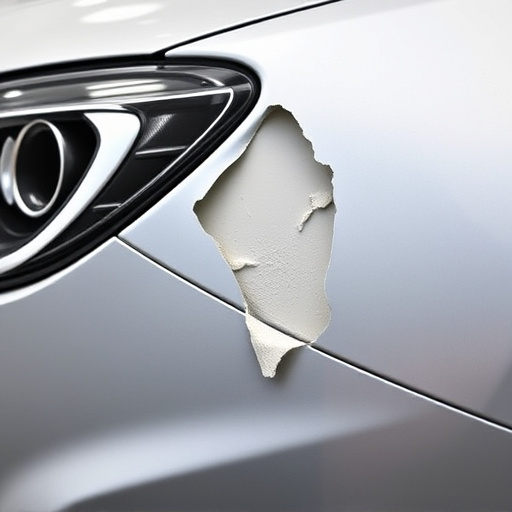
A radiator replacement accident can significantly impact a vehicle’s structural integrity, often beyond what is immediately visible. The force exerted during such an incident can cause damage to critical components, including the chassis, panels, and even internal organs like the engine. Even if the exterior appears relatively unscathed, underlying structures might be compromised, affecting the overall safety of the vehicle.
This type of accident can lead to issues with tire services and vehicle dent repair, as the impact may have caused misalignments or hidden dents. The structural damage could also influence how well the vehicle absorbs and distributes crash forces, which is a key factor in safety ratings. As such, thorough inspections are crucial to ensure that any necessary repairs, including those for vehicle bodywork, are carried out to maintain optimal safety standards after a radiator replacement accident.
Safety Rating Reassessment and New Standards
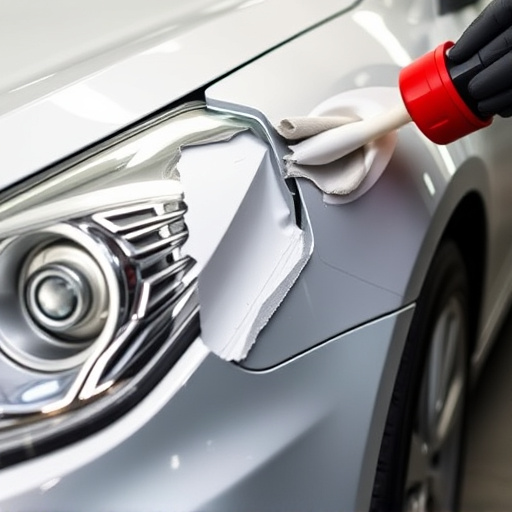
A radiator replacement accident can trigger a significant reassessment of a vehicle’s safety ratings. When such incidents occur, automotive safety standards are scrutinized and often updated to reflect new findings and technologies. This process ensures that vehicles meet the highest possible safety criteria, protecting occupants not just from direct impact but also from secondary hazards like fluid leaks or structural failures.
In light of these events, organizations like the National Highway Traffic Safety Administration (NHTSA) or Euro NCAP (European New Car Assessment Programme) may introduce new protocols and benchmarks for auto body repair, particularly focusing on components like radiators in mercedes benz repair and other high-risk areas. This proactive approach aims to enhance overall vehicle safety, ensuring that car dent removal and structural integrity go hand in hand in the pursuit of safer driving conditions.
A radiator replacement accident can significantly impact a vehicle’s structural integrity, affecting its overall safety ratings. Understanding the process and potential consequences is crucial for both car owners and manufacturers. In light of these findings, reassessing safety standards and implementing stricter guidelines for repairs, particularly in vulnerable areas like radiators, is essential to ensure passenger protection. This emphasizes the importance of proper maintenance and prompt attention to any accidental damage, especially in today’s digital era where vehicle safety technologies are continually evolving.

